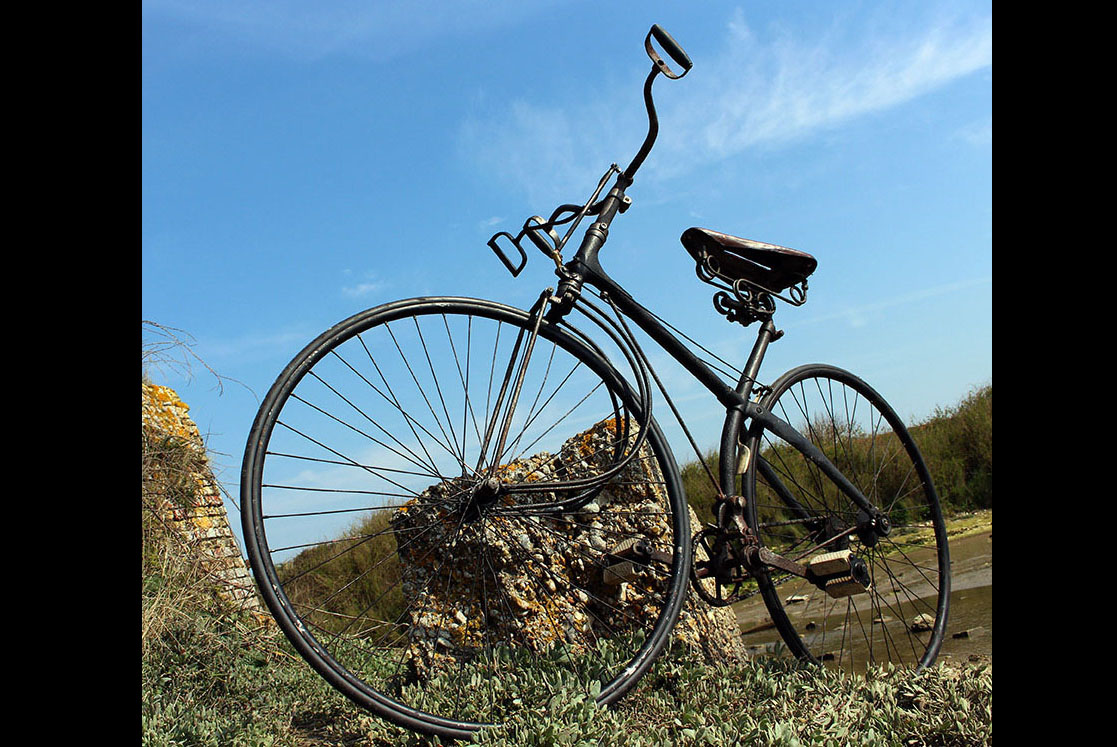SuperDirtMan
Look Ma, No Hands!
Hey,
Don't know if there's been a comprehensive breakdown of something like this, but I kept thinking about it today, and wanted to put it down.
Since the inception of the safety/upright bike, what would the 'nearest common ancestor' for modern bike design styles? I tried giving it a shot (no dates, I just wanted to go off specific designs), as I didn't know if there was some kind of comprehensive family tree that already existed.
Mostly, I was interested in the idea that cruisers and roadsters evolved kind of separately, seemingly driven by that devious maiden, the Atlantic.
Curious is anyone has any other thoughts on this.

PS Does anyone actually know what a gravel bike is? I still haven't been able to find out...
Don't know if there's been a comprehensive breakdown of something like this, but I kept thinking about it today, and wanted to put it down.
Since the inception of the safety/upright bike, what would the 'nearest common ancestor' for modern bike design styles? I tried giving it a shot (no dates, I just wanted to go off specific designs), as I didn't know if there was some kind of comprehensive family tree that already existed.
Mostly, I was interested in the idea that cruisers and roadsters evolved kind of separately, seemingly driven by that devious maiden, the Atlantic.
Curious is anyone has any other thoughts on this.
PS Does anyone actually know what a gravel bike is? I still haven't been able to find out...




















